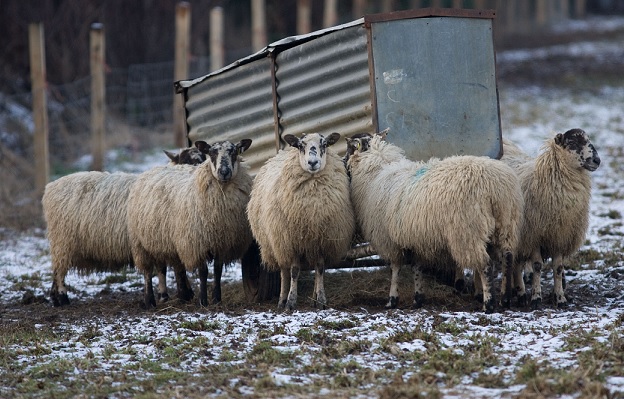
Wet and muddy underfoot conditions are exacerbating sheep foot problems and flockmasters are being urged to implement the five-point disease reduction plan and certainly treat any lame sheep well before winter housing.
“High rainfall in many areas and the relatively mild early autumn temperatures are combining to create the perfect environment for lameness problems to proliferate. Footrot and scald bacteria thrive in warm, damp conditions so it is important to treat any lame sheep as quickly as possible to minimise the spread of disease. Keeping on top of things now will help reduce problems over the winter and into next spring,” says independent flock lameness expert Ruth Clements MRCVS from FAI Farms.
Ms Clements also urges shepherds to ensure any flock handling operations are as quick and as clean as possible at this time of year. “Whenever sheep are in close contact with each other the disease spread opportunity increases,” she says.
Producers should also start thinking about the timing of winter vaccination against footrot. “Housing or scanning time is an ideal opportunity to begin vaccinating as it can help build disease immunity in advance of key risk periods, such as when the disease challenge rises for any ewes over-wintered on wet pastures.
“And don’t forget your tups too,” she says. “Tups may need special attention at this time of year as the additional work during the tupping season and close contact with ewes can leave them susceptible to lameness problems. Treat any cases rapidly to minimise disease spread and maximise fertility.”
Prompt treatment of lameness cases, avoid the spread of infection during handling operations and flock vaccination are three of the five key management tasks integral to the successful implementation of the proven five-point lameness reduction plan. Quarantining oncoming animals and culling persistent cases are the other two important strategies.
